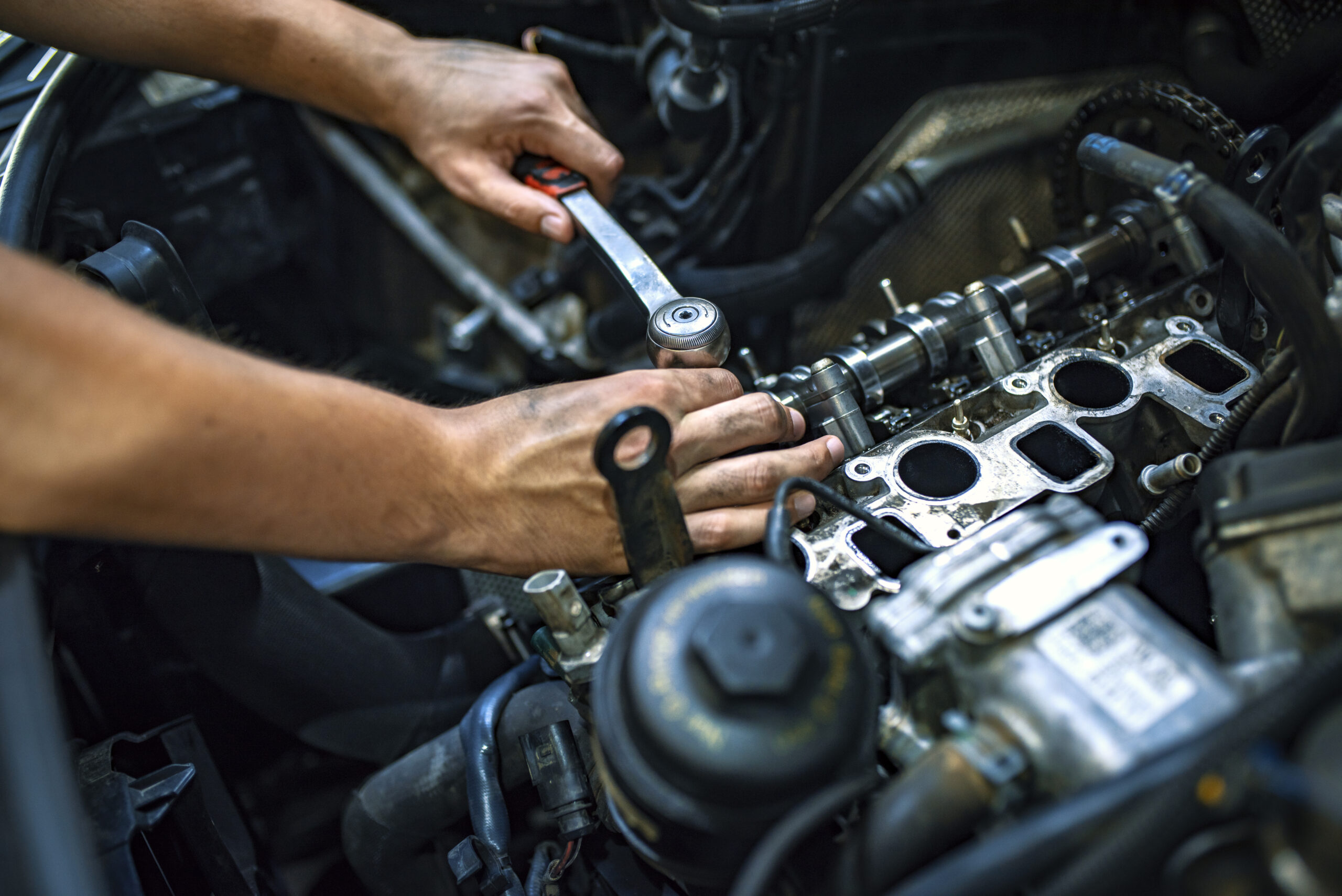Traditional engines, the mechanical heart of everyday vehicles, have evolved significantly since their inception in the 19th century — and today, they’re the considered the backbone of the automotive industry. But what happens when they cause complications or fail altogether? In this blog, I’ll explore how traditional engines work, the intricacies of their functioning, the potential for their departure from the market, and how liability adjusters can help investigate the cause of their issues or failures.
Traditional engines in motion
Engines consist of several key components, each playing a crucial role in the combustion process. The cylinder, piston, connecting rod, crankshaft and camshaft are fundamental to a traditional engine’s operation. The engine cycle involves four stages: intake, compression, power and exhaust. During compression, the piston moves upward, compressing the air-fuel mixture that has been brought into the combustion chamber (intake). Ignition follows, propelling the piston downward and generating power. Exhaust then expels the spent gases.
There are several components, which, if not addressed properly, can pose additional risks to engines.
- Engine formation and camshaft’s role: Engines come in different formations such as in line or V shaped, and all have a camshaft that plays a major role. It controls the opening and closing of the engine valves, regulating the intake and exhaust processes. This orchestration is essential for optimal engine performance.
- Engine oil circulation: Engine oil is the lifeblood that ensures smooth operation. It lubricates moving parts, reducing friction and preventing wear. The oil circulates through the engine, guided by the oil pump, providing critical protection to components like bearings and the camshaft.
- Timing belt, pistons and connecting rods: The timing belt synchronizes the camshaft and crankshaft, ensuring precise engine operation. Pistons, connected to the crankshaft via connecting rods, move within the cylinders and convert linear energy into rotational force.
- Potential engine failures: Engine failures can result from various issues. Oil contamination or restriction can lead to worn or damaged bearing shells, particularly big end bearings, causing friction, heat build-up, and potential engine destruction.
- Cooling system and turbocharging: To manage the intense heat generated during combustion, engines incorporate a cooling system. Coolant circulates through the engine block, absorbing heat and dissipating it through the radiator. Turbochargers enhance performance by compressing fresh air, increasing oxygen levels for combustion.
- Fuel injector issues: Fuel Injector spray patterns must be precise for efficient combustion. Defective injectors can damage components or even cause engine failure.
Are electric vehicles the future?
The worldwide shift to electric vehicles (EVs) — while slow but steady — introduces a paradigm shift. Electric cars rely on electromagnetism for propulsion. Batteries store and release energy, powering electric motors. This departure from traditional engines aligns with an eco-friendly and sustainable future that many organizations and individuals have steered towards.
Engines are intricate marvels of engineering that power our daily lives. From their historical roots to the intricacies of their components, understanding how engines work is key to both maintenance and investigating an engine’s issues or why it has failed. As technology advances, the emergence of electric vehicles showcases the industry’s commitment to innovation and environmental sustainability. Whether internal combustion or electric, engines remain the driving force propelling us into the future.
Liability adjusters take the wheel
After work is done on an engine, problems may surface that lead to the vehicle owner seeking someone to blame. In many cases, this allegation of negligence is justified, but not on all occasions. Sedgwick’s specialist team of liability adjusters have the knowledge and experience to thoroughly investigate engine issues or failures, and to determine if a legal liability exists and if a customer’s public liability insurance will respond.
Learn more > Read our liability brochure or contact [email protected].

